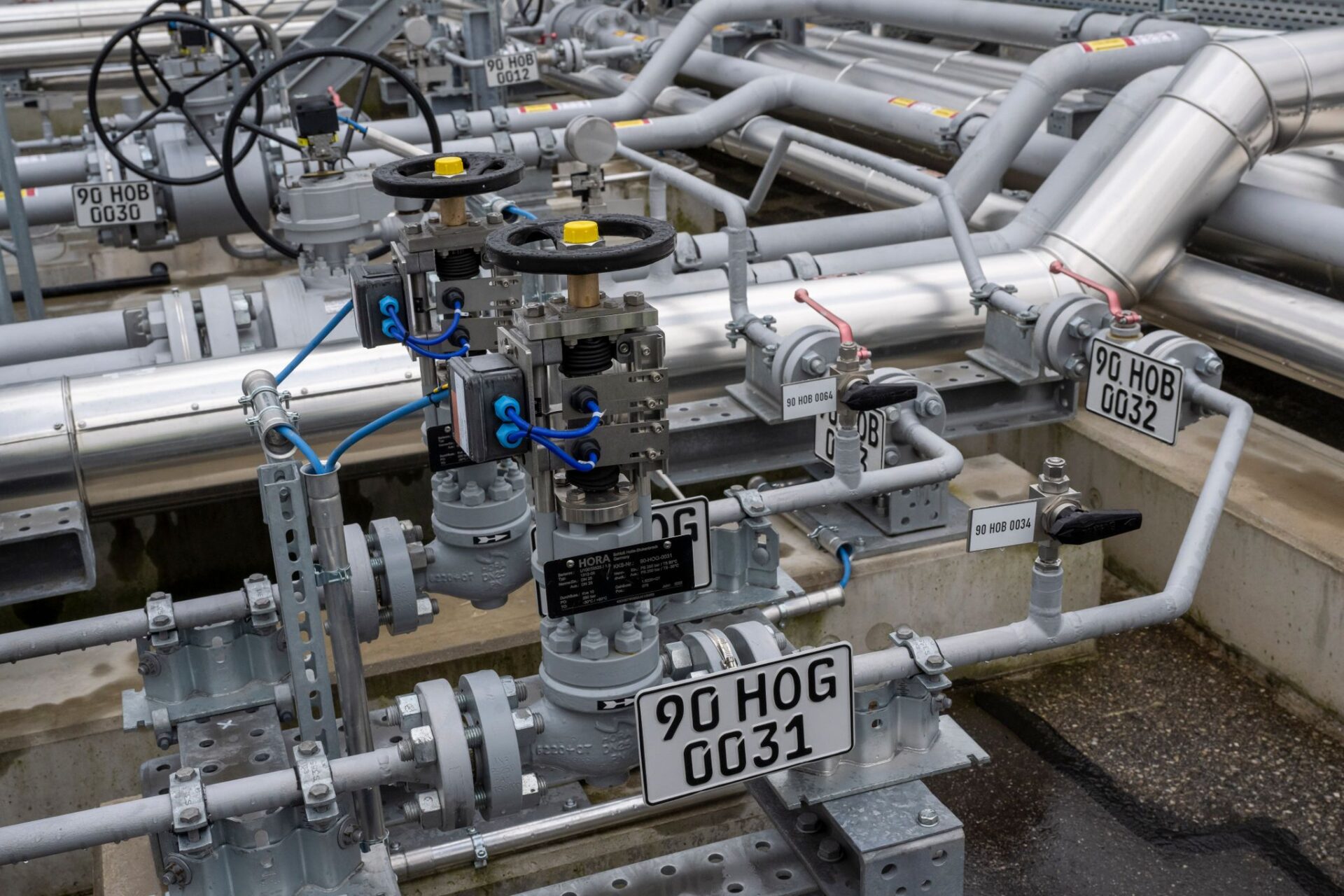 Have the article read by OpenAI (Beta). Please note that AI translations may take some time to process.
Have the article read by OpenAI (Beta). Please note that AI translations may take some time to process.Munich (dpa) – Clean hydrogen as an energy source is indispensable for achieving global climate targets, but Germany and the European Union are in danger of missing their own hydrogen targets, according to a study published on Monday.
“Germany is clearly lagging behind its plans,” management consulting company PwC Strategy& wrote in its report. While an electrolysis capacity of 10 gigawatts (GW) is planned by 2030, not even 0.1 GW is in operation today and projects with 0.55 GW have been financed, the study showed.
Electrolysis is the process by which water is split into hydrogen and oxygen with the help of electricity. The process takes place in an electrolyser and produces carbon-free hydrogen energy.
In order to reach its target, Germany would have to build 1 to 2 GW of electrolysis plants and 200 to 400 wind turbines every year. In the past two years, however, only 0.25 GW of additional capacity has been financed.
According to PwC, the EU wants to use at least 20 million tons of clean hydrogen by 2030 and produce half of it in Europe. However, “the EU is a long way from achieving this,” the report said. It would have to build 120 GW of capacity to achieve this.
Only 0.2 GW of plants are currently in operation, while plants with a capacity of 3 GW are under construction or financed. In view of its own targets, the EU would have to build plants with a capacity of 20 GW every year. (22 April)
The editorial responsibility for the publication lies with dpa.
